![]() 22 Jul 2024
22 Jul 2024
In February 1922, Gandhi halted the Non-Cooperation Movement, alarmed by its escalating violence. Within Congress, a division emerged, Swaraj Party advocated council participation, led by Das and Motilal Nehru; younger leaders like Jawaharlal Nehru and Subhas Chandra Bose pushed for radical mass agitation and complete independence.
Amidst internal discord, Indian politics in the late 1920s was shaped by two significant factors.
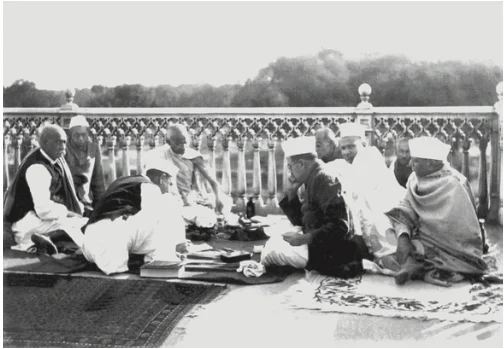
Gandhi Eleven Demands: In January 1930, Gandhi, recognizing salt’s universal importance, presented eleven demands to Viceroy Irwin.
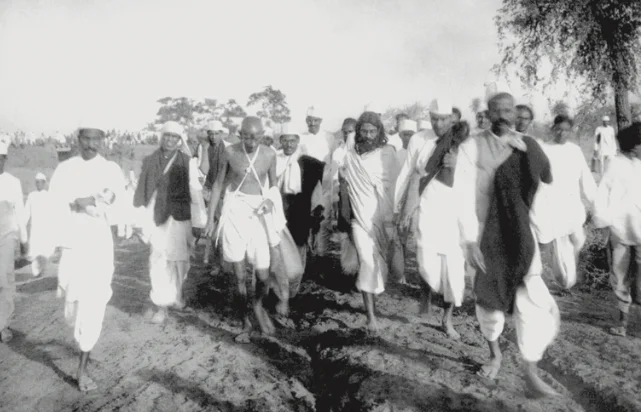
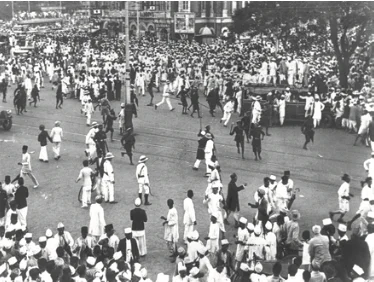
Peasants: In the countryside, prosperous peasant groups such as Patidars of Gujrat and Jats of Uttar Pradesh actively backed CDM, driven by economic woes caused by trade depression and falling crop prices.
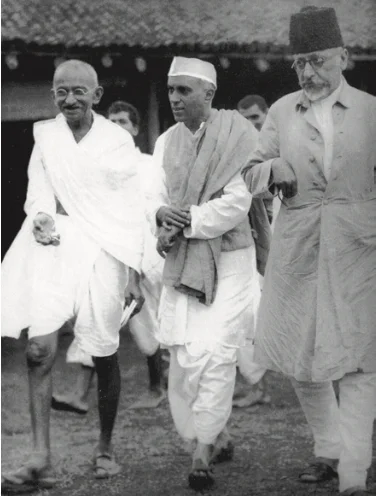
Limited Dalit Representation: Despite Gandhi’s anti-untouchability efforts, Dalit leaders pursued political solutions, advocating for reserved seats and separate electorates.
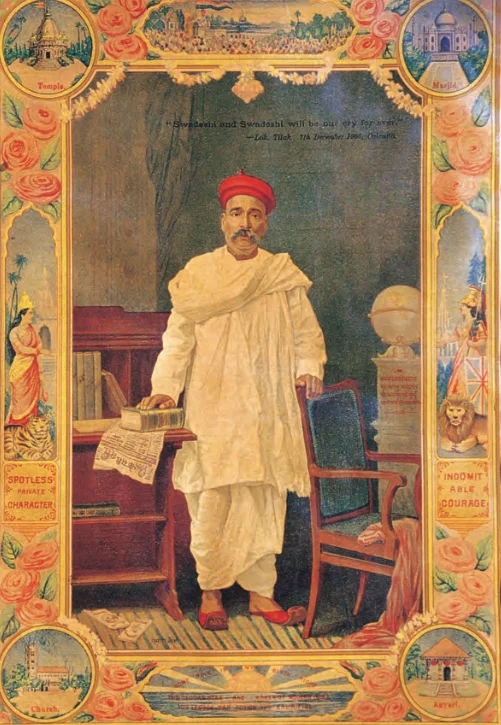
The sense of collective belonging didn’t solely emerge from shared struggles; it was profoundly influenced by various cultural facets. Historical narratives, fictional accounts, folklore, music, and symbols all played pivotal roles in shaping the nation’s identity.
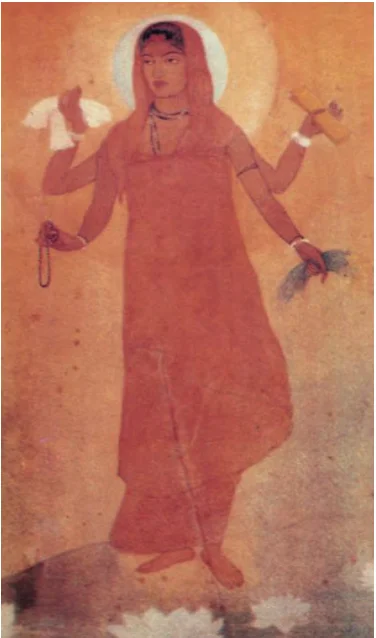
Reason: The failure of the Cripps Mission and the widespread discontentment in India caused by World War II led Gandhi to initiate a movement, urging for the complete withdrawal of the British from India.
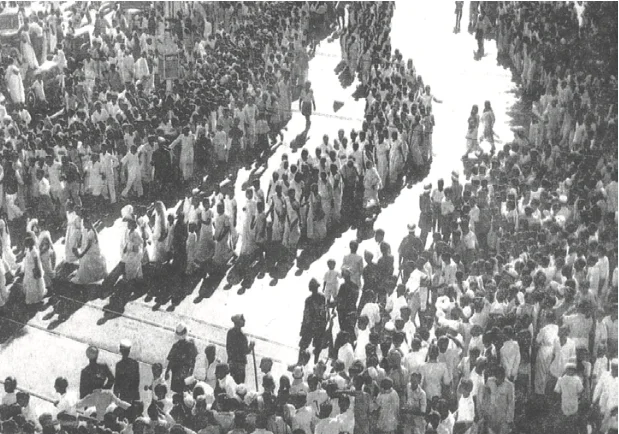
| Must Read | |
| Current Affairs | Editorial Analysis |
| Upsc Notes | Upsc Blogs |
| NCERT Notes | Free Main Answer Writing |
During the first half of the 20th century, India experienced a surge of collective anger against colonial rule, uniting various groups and classes. Gandhi, at helm of Congress, orchestrated a series of meticulously planned movements for independence. These efforts aimed not only to challenge the colonial government but also to foster a sense of national unity. Despite occasional discord, Congress continuously worked to reconcile diverse aspirations, emphasizing the nation’s shared quest for freedom.
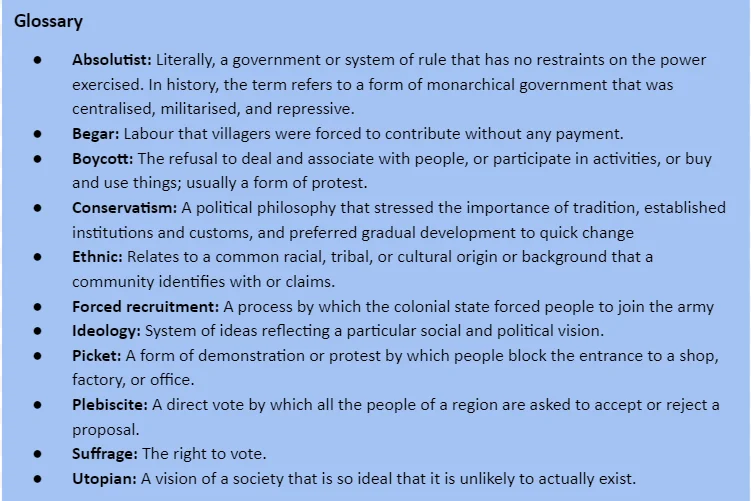
| Related Articles | |
| INDIA’S INDUSTRIAL LANDSCAPE | Quit India Movement 1942 |
| NON COOPERATION MOVEMENT 1920 | MUSLIM LEAGUE |
<div class="new-fform">
</div>